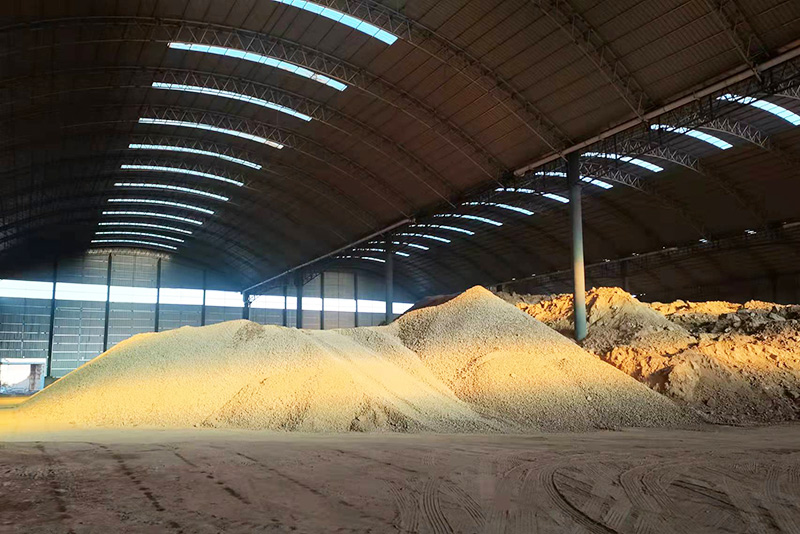Properties of Foundry Sand
Foundry sand is an essential component in the casting process, where metal is poured into a mold to create various components and structures. The quality of foundry sand greatly affects the final product, making it crucial for foundries to understand its properties. This article will discuss the key properties of foundry sand, including its composition, sand type, grain size and shape, thermal conductivity, permeability, and reuse potential.
Composition
The composition of foundry sand primarily consists of silica (SiO2), which is the main mineral in natural sand. However, foundry sands can also contain other materials, such as clay, hematite, and zircon. The specific composition of the sand can influence its physicochemical properties, which directly affect casting quality. The use of synthetic sands, created through chemical processes, is on the rise due to their ability to achieve desired characteristics that may not be available in natural sands.
Sand Types
There are several types of sands that are commonly used in foundries, including green sand, resin sand, and investment sand. Green sand is a mixture of silica sand, clay, and water, known for its versatility and cost-effectiveness. It holds moisture, which helps shape molds but can lead to issues like gas porosity if water content is not controlled. Resin sand, on the other hand, uses a resin binder that provides superior strength and dimensional accuracy, allowing for more intricate designs and better surface finishes. Investment sand is used in lost-wax casting processes and is characterized by its fine grain size and high thermal stability.
Grain Size and Shape
The grain size and shape of foundry sand play a critical role in mold properties. Sand grains can be fine, medium, or coarse, with finer sands typically providing a better surface finish but could lead to poor permeability. On the other hand, coarser sands may yield better permeability but can result in rougher finishes. Additionally, the shape of the grains—whether angular or rounded—affects packing density and flow characteristics. Angular grains interlock better, providing superior mold strength, while rounded grains offer easier flow and compaction.
properties of foundry sand

Thermal Conductivity
Thermal conductivity is an important property of foundry sand, as it affects how quickly heat is transferred during the casting process. High thermal conductivity is desirable as it allows the mold to cool evenly and promotes the solidification of the molten metal. Foundry sands with low thermal conductivity may lead to casting defects such as hot tearing or warping. Therefore, understanding and selecting sand with suitable thermal properties is essential for ensuring high-quality castings.
Permeability
Permeability refers to the ability of air or gas to pass through the sand mold. This property is vital, as gases released during the casting process must escape to prevent defects. Poorly permeable molds can trap gases, leading to issues such as blowholes or surface defects on the casting. Green sand typically exhibits good permeability due to its moisture content, while resin sand may require additives or special formulations to achieve adequate gas flow characteristics.
Reuse Potential
An important consideration in modern foundries is the reuse potential of foundry sand. Recycling used sand can reduce costs and minimize environmental impact. The ability to reuse sand depends on its properties, as contaminants from previous casts can affect its performance in subsequent applications. Effective sand reclamation processes are essential to maintain the quality of reused sand. Modern technologies allow for the effective cleaning and reconditioning of sand, enabling foundries to implement sustainable practices without compromising the quality of their products.
Conclusion
The properties of foundry sand play a crucial role in the casting process and ultimately determine the quality of the finished product. By understanding the various factors such as composition, sand type, grain size and shape, thermal conductivity, permeability, and reuse potential, foundry operators can make informed decisions to optimize their operations. As technology advances, the development of new types of sands and reclamation processes will further enhance the efficiency and sustainability of foundry practices, ensuring high-quality castings that meet industry demands.
Post time:නොවැ. . 25, 2024 11:19
Next:Understanding the Role of Investment Casting Sand in Metal Fabrication Processes
